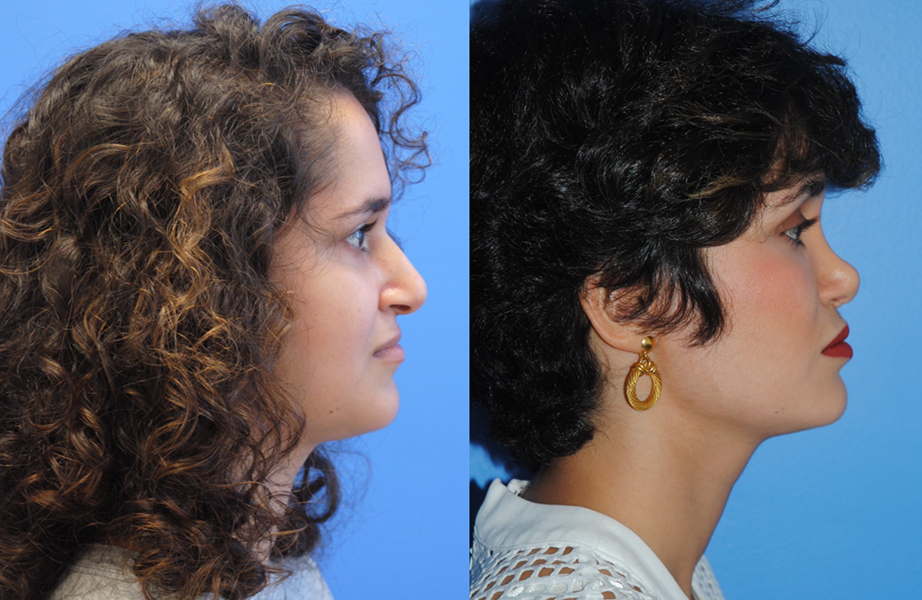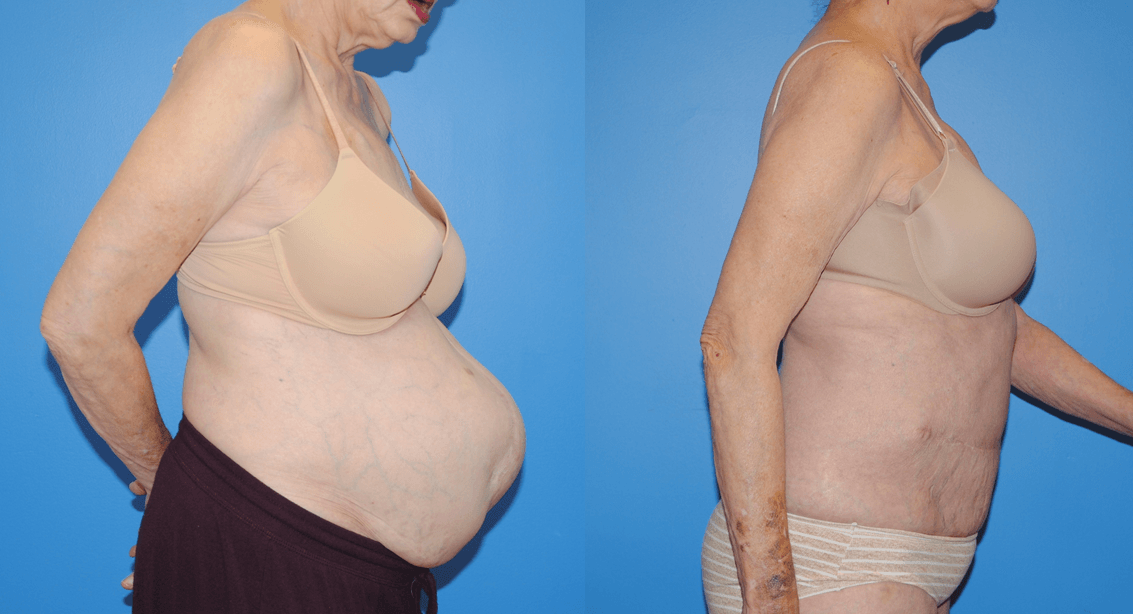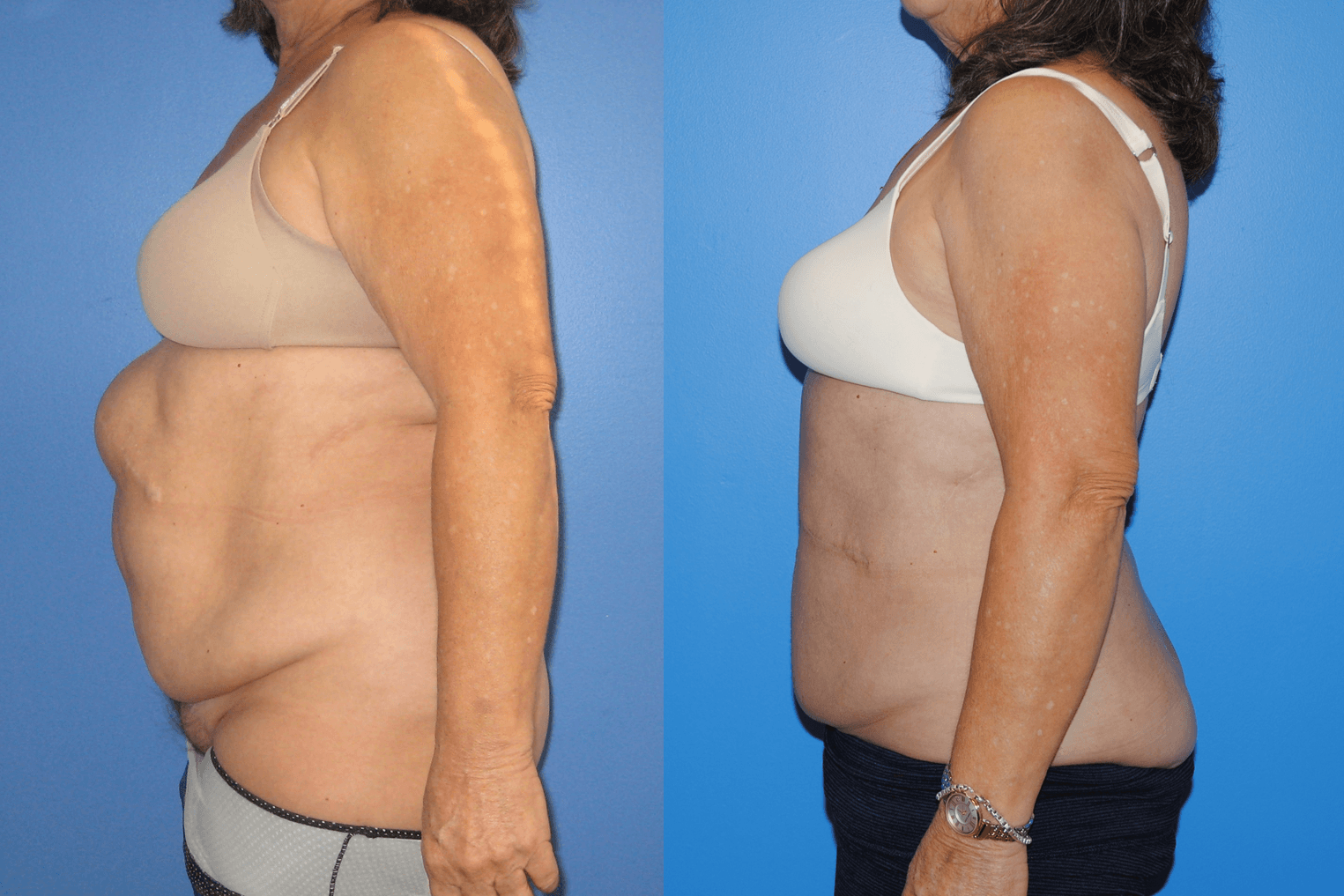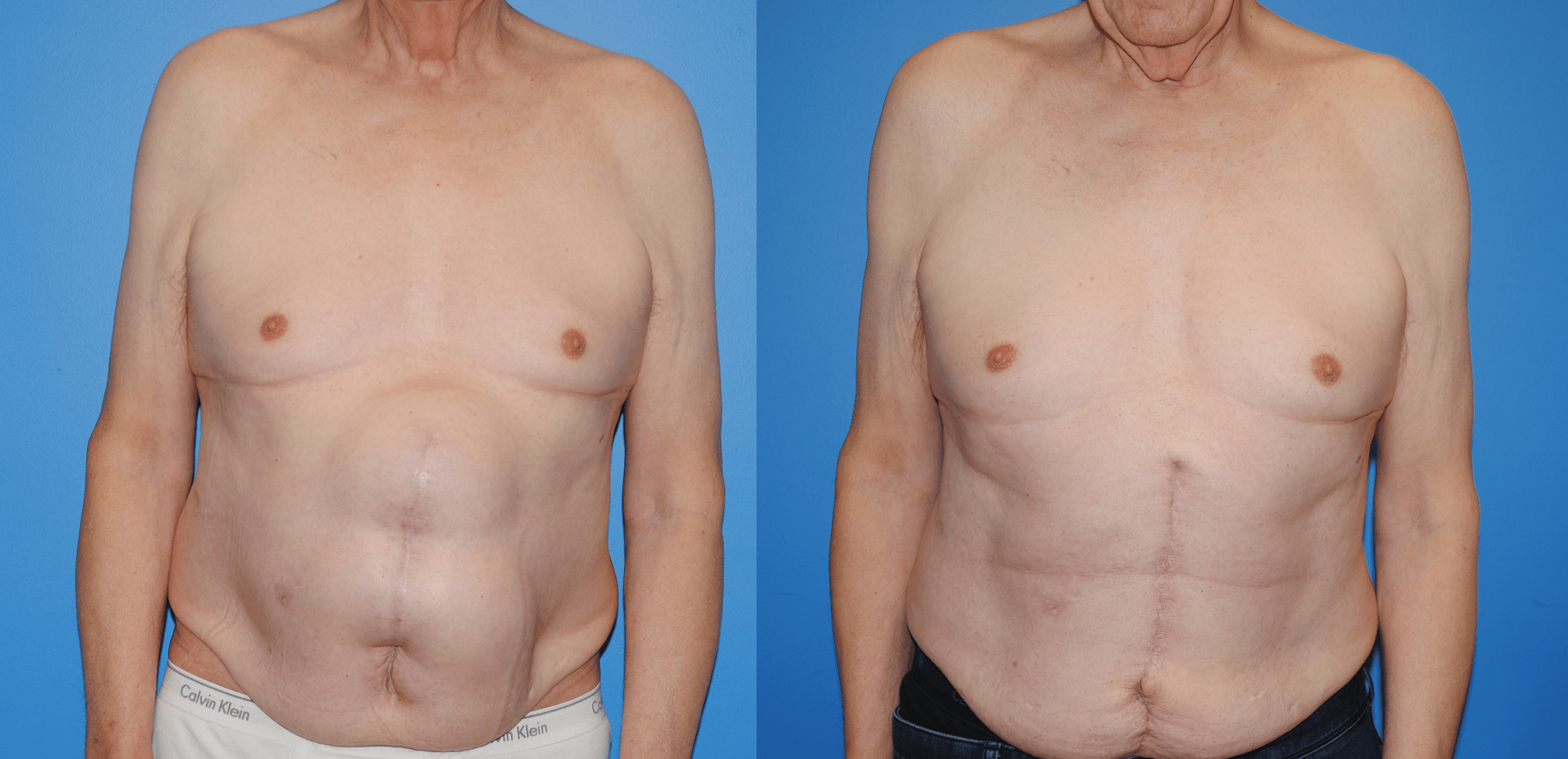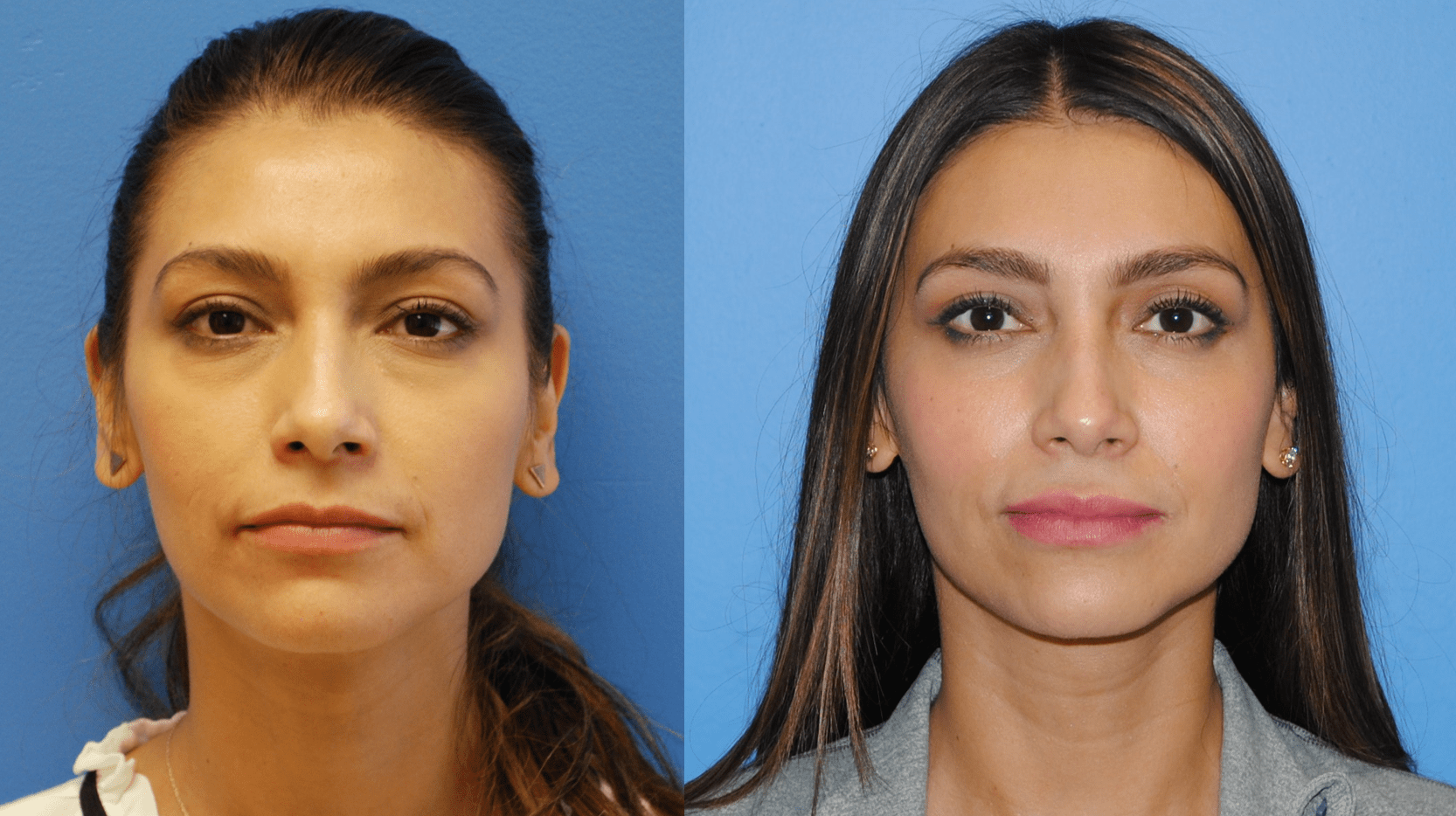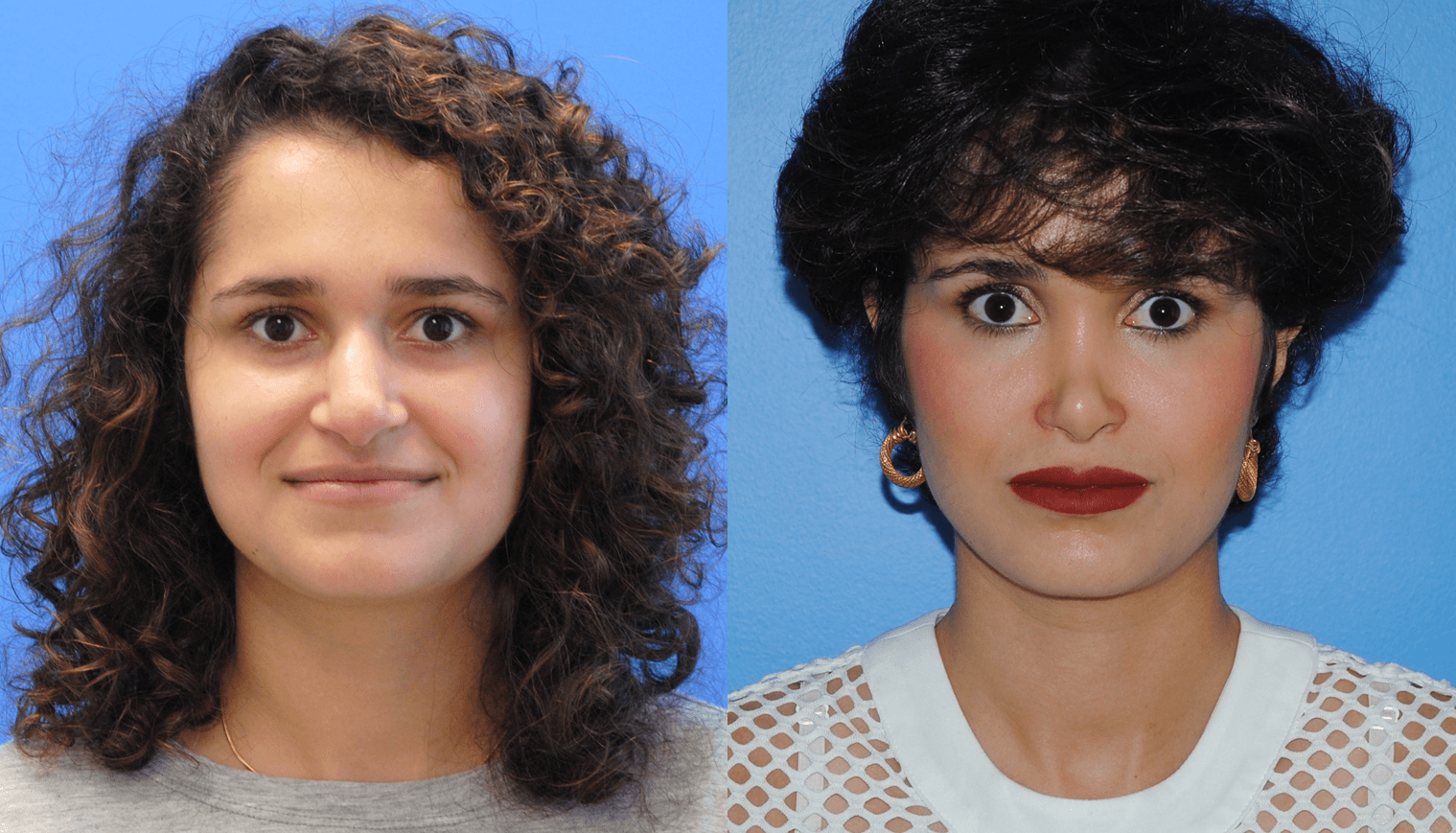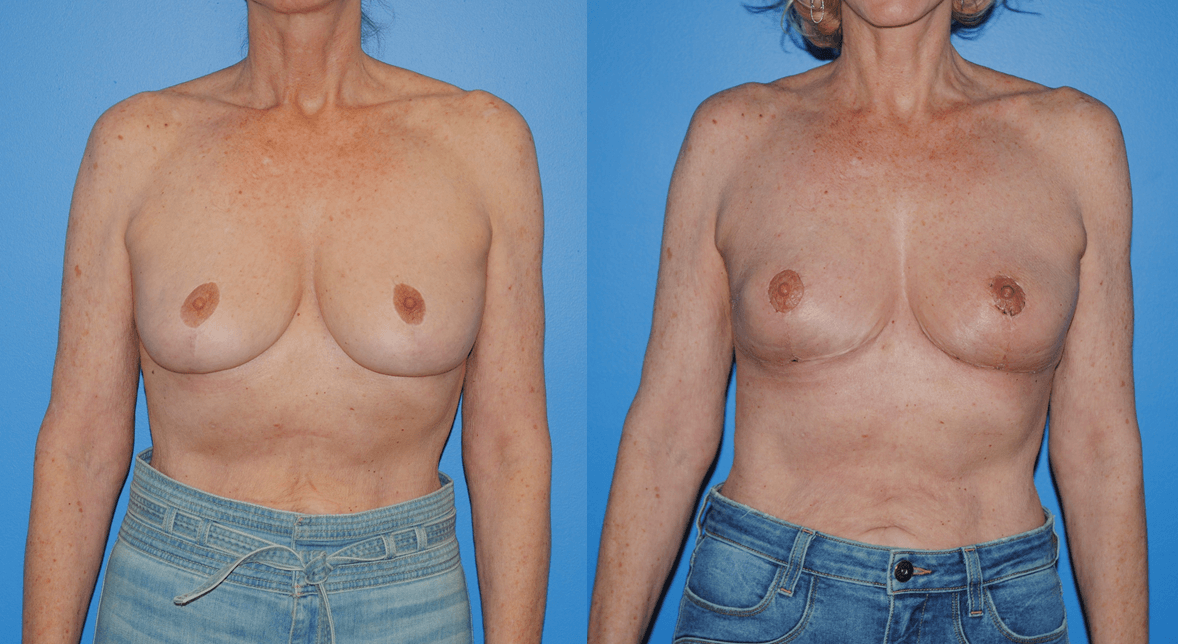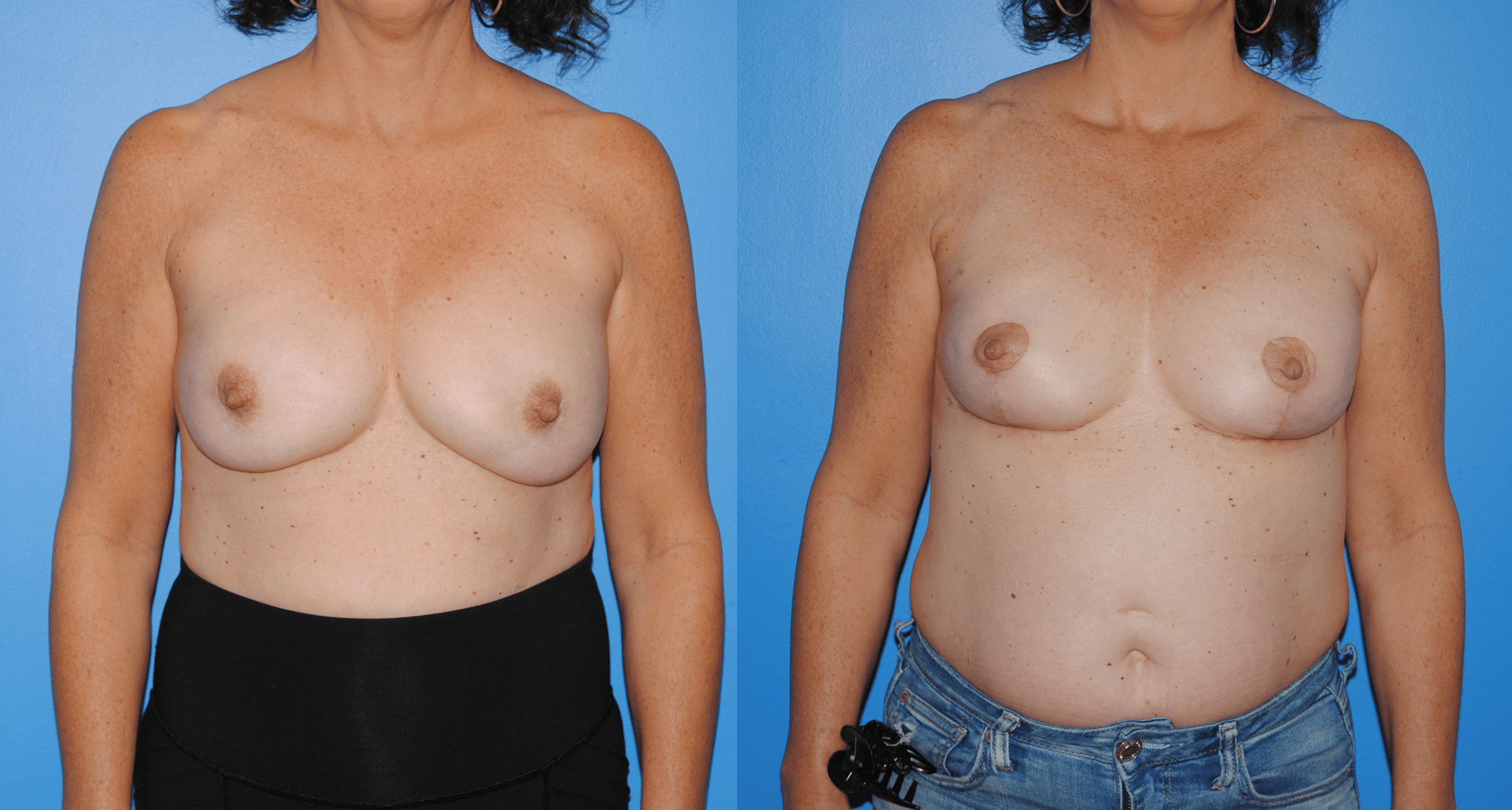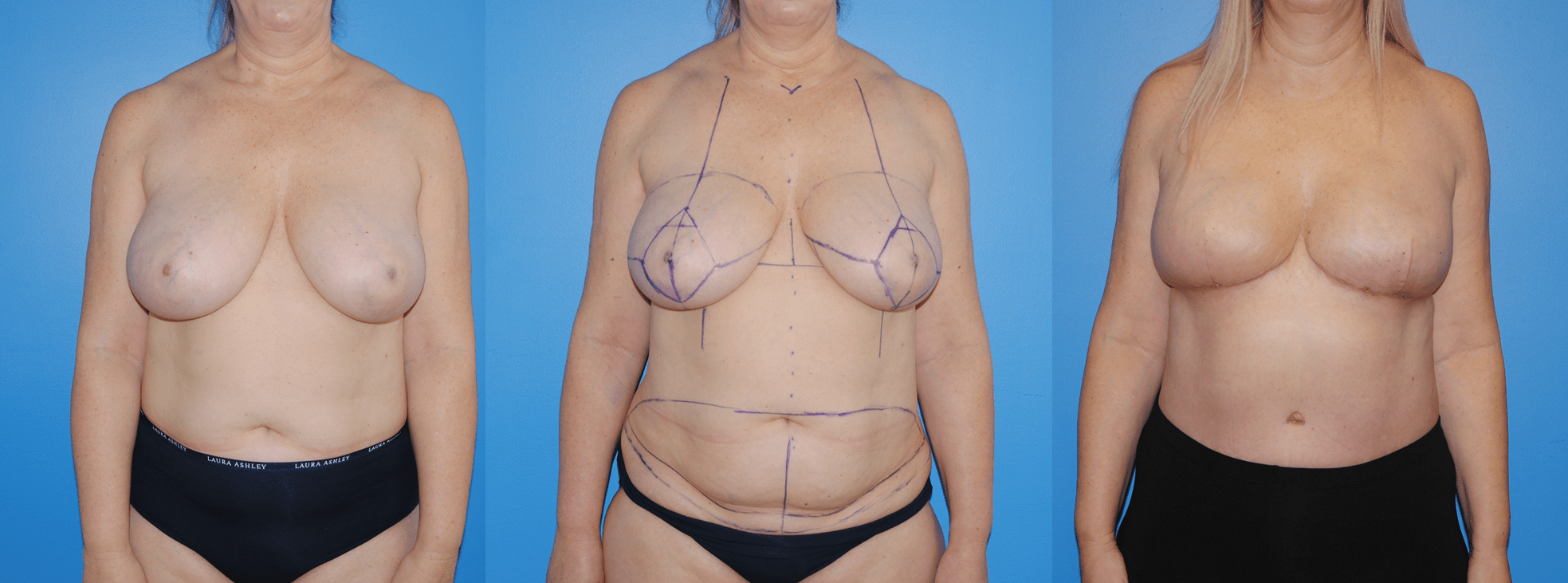Patients frequently come to the office requesting a “smaller” nose or simply stating that their nose is “too big”. There are many different aspects of the nose that a patient may wish to reduce when they request this and there are many aspects of the nose that can be changed when a patient wants to make this change. Common areas…
